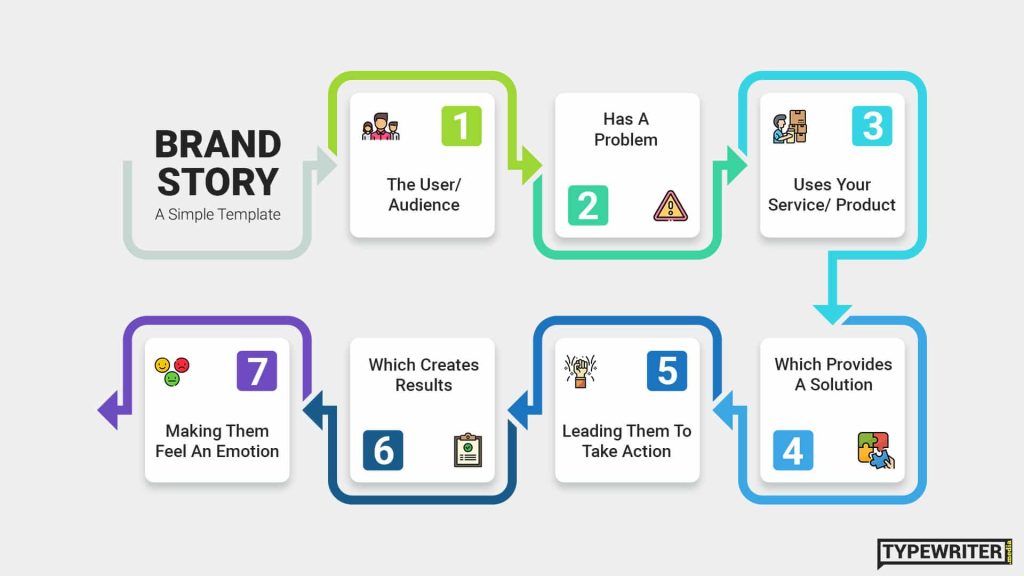Core Branding Strategies for Online Course Platforms
Authenticity and Storytelling
Authenticity is a cornerstone of effective online branding. Platforms should share real stories—highlighting the journey, challenges, and values behind the brand—to foster trust and emotional connection with potential learners. Showcasing the team, sharing behind-the-scenes content, and being transparent about the platform’s mission can differentiate it in a crowded market.
Consistency Across Touchpoints
A consistent visual identity (colors, fonts, logos) and tone of voice across the website, social media, and course materials help build recognition and professionalism. This consistency extends to user experience: ensure the platform is intuitive, fast, and mobile-friendly.
Student-Centric Positioning
Position the brand around the needs and aspirations of learners. Use surveys, interviews, and data analysis to understand student pain points and tailor messaging accordingly. Develop programs and services that directly address these needs, and craft taglines that emphasize the platform’s commitment to student success.
Positioning Strategies for Competitive Advantage
Differentiation Through Unique Value
Clearly articulate what sets the platform apart—whether it’s innovative teaching methods, superior career outcomes, or a vibrant learning community. A strong brand positioning statement should be concise, memorable, and directly address the target audience’s desires.
Leverage Influencer and Community Marketing
Partner with influencers in the education or professional development space to expand reach and credibility. Build and nurture online communities (e.g., Facebook or LinkedIn groups) centered on course topics to establish authority and foster loyalty.
Content Marketing and SEO
Create valuable, engaging content—blogs, videos, infographics—that addresses learner questions and showcases expertise. Use advanced SEO tactics (keyword research, mobile optimization, structured data) to improve visibility in search results.
Tactical Marketing Approaches
| Strategy | Description | Key Benefit |
|---|---|---|
| Engaging Course Website | User-friendly, visually appealing, and informative site as the hub of all activities. | Builds trust and converts visitors |
| Social Media Optimization | Active profiles on platforms where the audience is most engaged; include course links. | Increases visibility and authority |
| Course Previews & Demos | Share free previews or demo videos on YouTube and social media. | Reduces barriers to enrollment |
| Influencer Collaborations | Partner with niche influencers for reviews and promotions. | Expands reach and credibility |
| Community Building | Create and moderate topic-focused groups on Facebook/LinkedIn. | Fosters loyalty and word-of-mouth |
| SEO & Content Marketing | Publish SEO-optimized content that answers learner questions. | Drives organic traffic |
Implementation Best Practices
- Conduct Market Research: Analyze competitors, student needs, and industry trends to inform positioning.
- Craft a Memorable Positioning Statement: Summarize the platform’s unique value in a way that resonates with the target audience.
- Focus on Platforms That Matter: Concentrate efforts on channels where your audience is most active, rather than spreading resources too thin.
- Iterate and Refine: Continuously gather feedback and adjust strategies to stay relevant and competitive.
Summary
Successful branding and positioning for online course platforms require authenticity, consistency, and a sharp focus on the needs of learners. Differentiation is achieved through unique value propositions, strategic partnerships, and community engagement. Tactical execution—including SEO, content marketing, and social media optimization—amplifies reach and conversion. Regular research and refinement ensure the brand remains compelling in a dynamic educational landscape.





